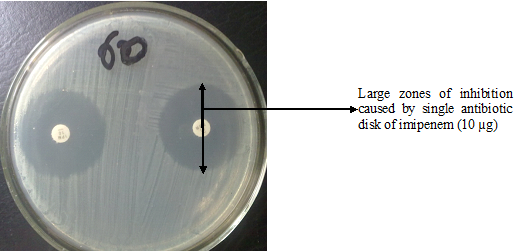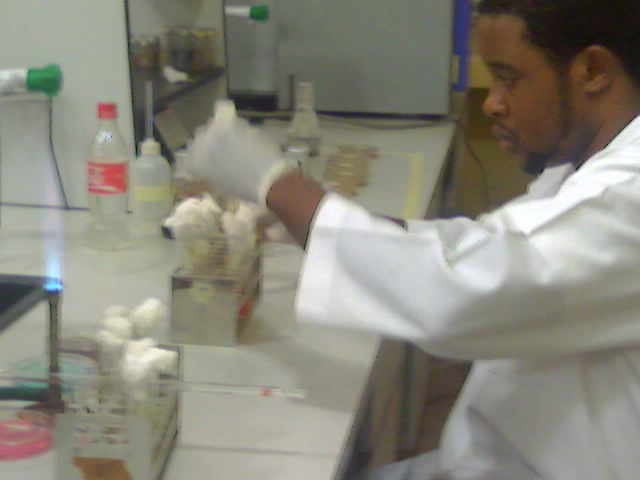PREPARATION OF BACTERIAL SMEAR & HEAT FIXING
Bacterial smear is defined as a dehydrated or dried preparation of a bacterial suspension (cells) on a clean glass slide. The source of bacteria for the preparation or making of a smear can be from an agar slant, broth (liquid) culture and from a culture plate. A smear is simply a bacterial preparation made on […]
PREPARATION OF BACTERIAL SMEAR & HEAT FIXING Read More »
Medical Microbiology, Microbe Lab, Techniques in Microbiology Lab









